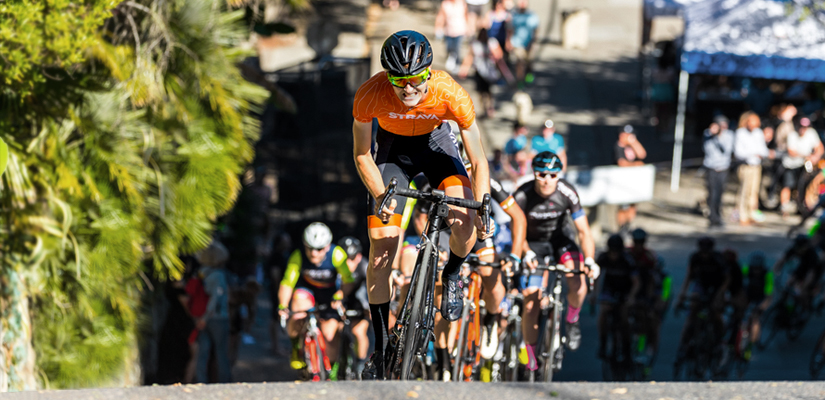Does FTP Change When Climbing?

Answer: No. When climbing a hill, you may see differences in your body’s ability to express 100% of your FTP, but the experience is not enough to necessitate a different FTP.
Why is My FTP More Impressive on Climbs Than Flats?
This disparity in performance brought on by these different scenarios can be discouraging and cause people to adopt different FTPs for different scenarios. Although this may seem logical, it isn’t the best way to train.
FTP Changes According to Training — It is Not Affected By Conditions You Experience During a Ride
Remember your FTP is a representation of how much work you can do for a specified time, in terms of power. It is used to precisely prescribe training and trend fitness toward a goal. While your FTP will increase or decrease according to training, it isn’t affected by minor changes in conditions during a ride.
When dealing with these variables on the bike you may see differences in your body’s ability to express 100% of your FTP. If this happens, remember these effects are relatively minimal, not permanent, and certainly not enough to necessitate a different FTP. In order to avoid this issue in the future, identify any variables that may coincide with a decrease in performance and work through them.
Variable #1: Body Positioning
One of the most common variables we hear about is body position. Whether it is changing from a road bike to a TT bike, or riding in the drops in the flats vs. climbing on the tops, the changes in physical demand on our bodies are relatively minor and can be overcome with practice.
By gradually increasing the amount of time you spend in that position when training, you can expect your ability to express 100% of your FTP to increase.
Variable #2: Climbing vs. Flats
You may notice it feels easier to maintain higher or more consistent power output when on a climb. This is due in part to the effect of lower inertia, requiring you to output force for a greater portion of the pedal stroke, and due to the generally more consistent pitch that you may be facing.
To maintain power output with greater inertia, you need to familiarize yourself with maintaining pressure on the pedals for the majority of the pedal stroke even when the pitch is not requiring it from you. This usually requires faster leg speed and a lot of focus. Experienced triathletes and time trialists are particularly skilled at this because they are used to strictly maintaining a power target regardless of circumstance.
Variable #3: Ambient Conditions
Changes in weather will also have an effect on your performance. Heat and humidity will require your body to do more work to keep itself cool, pulling valuable resources from power output. To help reduce the effects of heat when riding outside, make sure you have a light, vented kit and are dowsing yourself with cool water when possible. When training inside, avoid hot or humid spaces and get a powerful fan to move as much air as possible over the surface of your skin.
Variable #4: Motivation
Addressing motivation is where things get complicated. The emotion, excitement and competition of a race is a great environment to perform at your best. However, when training alone or in an unfamiliar environment, it can be hard to become motivated or feel the same confidence.
Eliminating variables and controlling outside influences means you have an ideal environment to achieve new levels of focus and motivation. Upbeat music has been proven to enhance performance in some athletes 1, watching races can ignite motivation, and visualizing your goal race can make high expectations believable. Above all, riding without those external motivators requires you to cultivate intrinsic motivation that you will always be able to carry with you, effectively immunizing you against the varying circumstances of race day.
Main Takeaway
An accurate FTP is simply a representation of your maximum work capacity. It does not change according to the conditions you face when riding. When you identify variables and address circumstances you’ll face on race day, you’ll have a better chance of expressing 100% of your work capacity when it’s time to perform at your best.
Learn More About FTP in Different Environments
For more answers to your cycling training questions, listen to Ask a Cycling Coach podcast presented by TrainerRoad. New episodes are released weekly.
References
- Brownley KA, McMurray RG, Hackney AC, (1995). Effects of music on physiological and affective responses to graded treadmill exercise in trained and untrained runners.
https://www.ncbi.nlm.nih.gov/pubmed/7558986